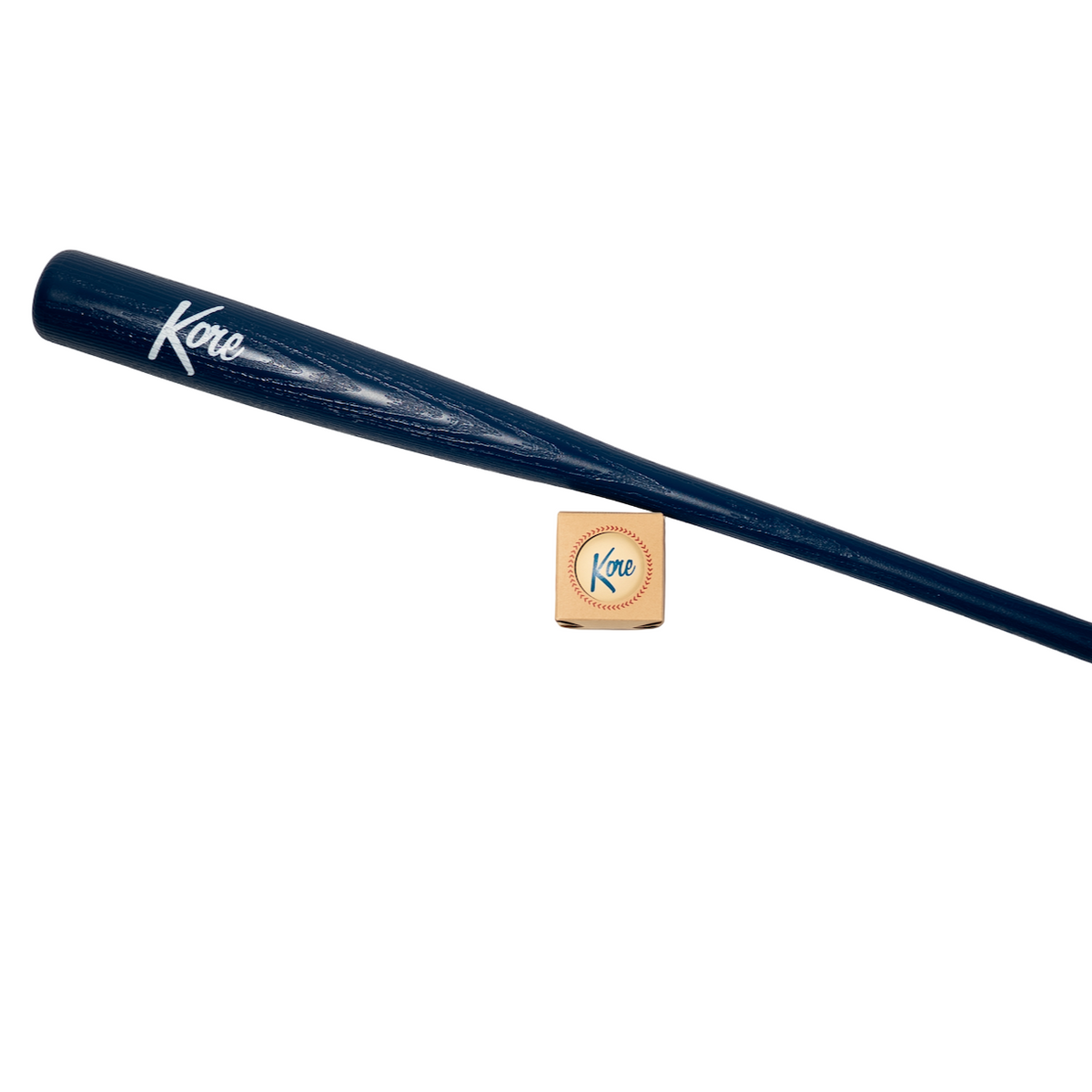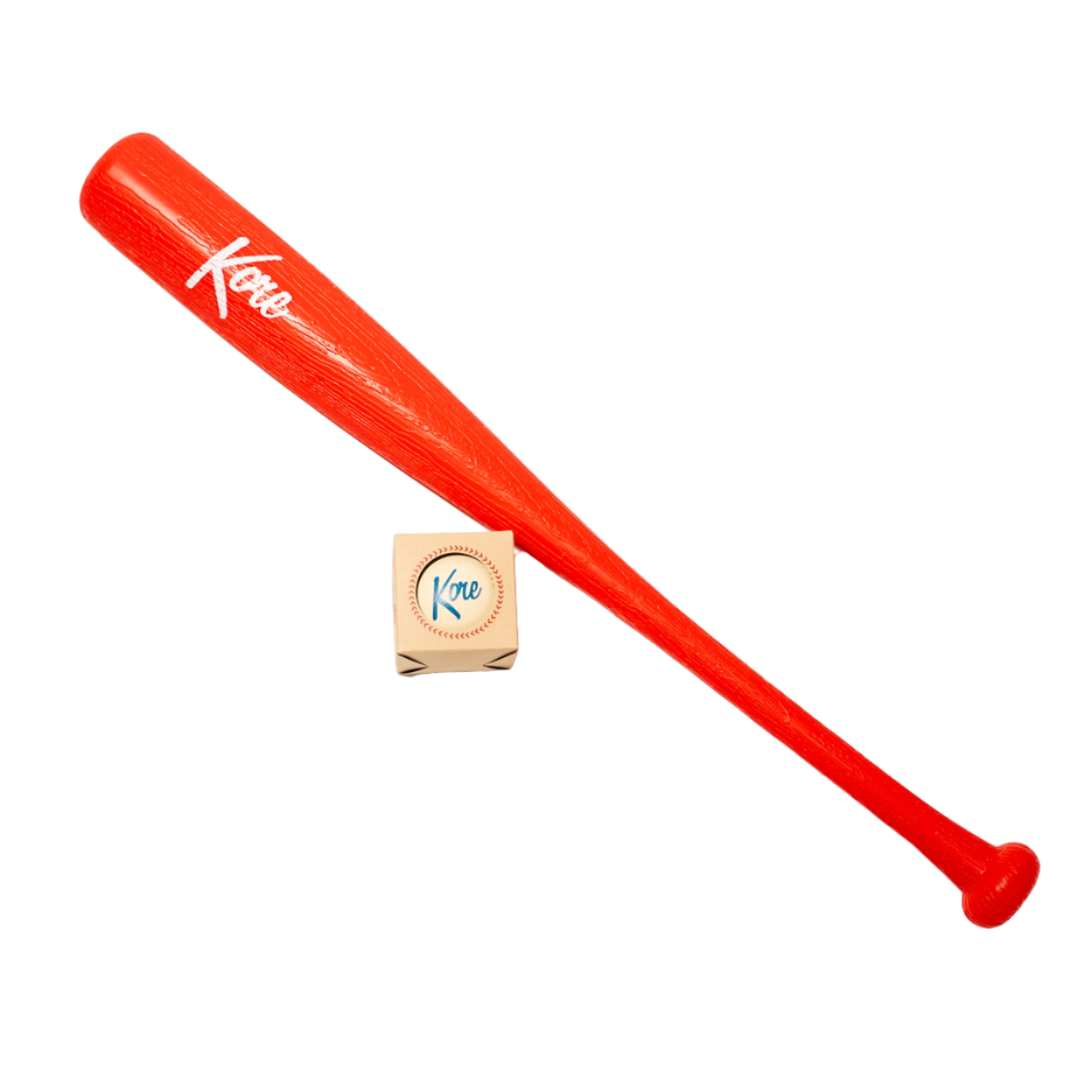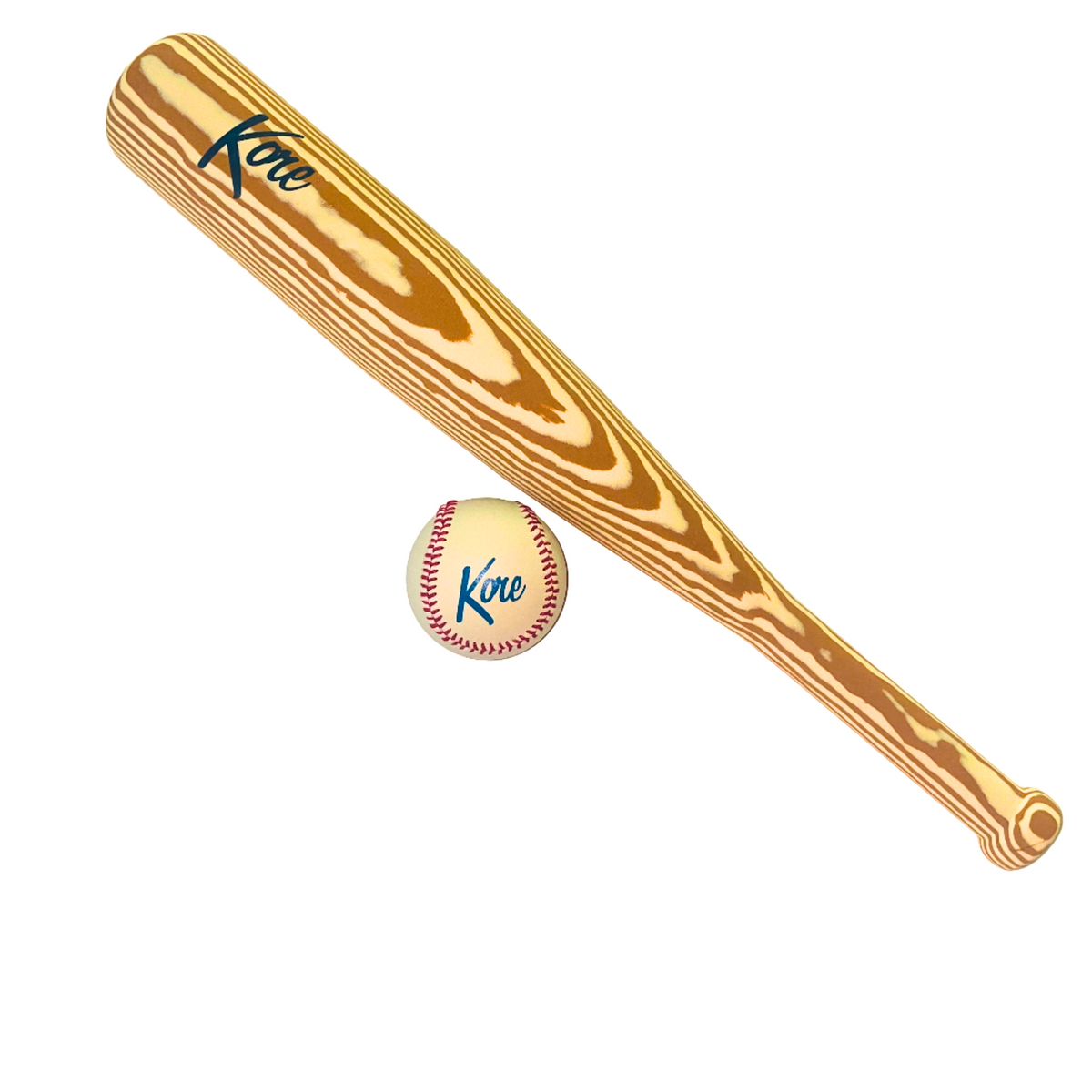The Basics of the Baseball Diamond
Understanding the baseball diamond layout is essential for anyone looking to deepen their knowledge and appreciation of the game. It serves as the foundation for gameplay strategies, defensive alignments, and offensive tactics. Let's dive into the basics of the baseball diamond.
At its core, the baseball diamond consists of four bases: first base, second base, third base, and home plate. These bases are strategically positioned at the corners of a square-shaped field. Home plate, located at the center of the diamond, serves as the final destination for batters to score runs.
The dimensions and measurements of the baseball diamond are crucial to maintaining fairness and consistency across all games. The distance between each base is set at 90 feet, while the distance from the pitcher's mound to home plate is approximately 60 feet 6 inches. These standardized measurements ensure uniformity in gameplay regardless of the field.
Breaking Down the Infield
The infield is the area inside the diamond where a majority of the game's action takes place. Let's explore the positions and roles within the infield:
1. Pitcher: The pitcher, positioned on the pitcher's mound, plays a central role in the game. Their primary objective is to deliver accurate pitches to challenge opposing batters. The pitcher's strategic choices and throwing abilities can heavily influence the outcome of each play.
2. Catcher: The catcher, stationed behind home plate, is responsible for receiving pitches from the pitcher and preventing baserunners from advancing. Beyond catching, their role involves calling pitches, communicating with the pitcher, and assisting infielders when needed.
3. First Baseman: Positioned near first base, the first baseman's main responsibility is to field ground balls that come their way, catch throws from other fielders, and tag out runners. They also contribute to defensive strategies like holding runners on base.
4. Second Baseman: Positioned between first and second base, the second baseman covers the area on the right side of the infield. They play a vital role in turning double plays, fielding ground balls, and providing defensive support in various plays.
5. Shortstop: Positioned between second and third base, the shortstop is responsible for covering the left side of the infield. They are known for their agility, strong arm, and ability to field ground balls and make accurate throws to complete outs.
6. Third Baseman: Positioned near third base, the third baseman's primary duty is to field balls hit down the third-base line. They must possess quick reflexes, a strong arm, and an ability to anticipate plays accurately.
As you can see, each infield position plays a unique role in defensive strategies and contributes to the teamwork required to secure outs and prevent runs. Understanding these positions and their responsibilities is crucial to unraveling the intricacies of baseball.
Mastering the Outfield
While the infield is where most of the infielders operate, the outfield is equally important in defending against hits and preventing baserunners from advancing. Let's explore the positions and roles within the outfield:
1. Left Field: Positioned on the left side of the outfield, the left fielder covers a large area and is responsible for fielding balls hit in their direction. They often require good throwing accuracy due to the longer throws needed to reach bases during defensive plays.
2. Center Field: Positioned in the center of the outfield, the center fielder is generally considered the captain of the outfield. They have a wide range of coverage and are responsible for tracking down fly balls and line drives. Center fielders need excellent speed, agility, and a strong throwing arm.
3. Right Field: Positioned on the right side of the outfield, the right fielder has similar responsibilities to the left fielder. They must cover a significant area and possess a strong throwing arm to make accurate throws to cut down baserunners trying to advance.
Outfielders need to communicate effectively with each other to prevent gaps and ensure full coverage of the outfield. They also work in harmony with the infielders to execute relay throws and cutoff plays efficiently.
Understanding the Basepaths and Base Running
The basepaths and baserunning are integral parts of the baseball diamond that significantly impact the flow and strategy of the game:
When a batter successfully hits the ball into fair territory, they become a baserunner and aim to advance to as many bases as possible. However, they must navigate the basepaths and make wise decisions to avoid getting tagged out by the defense.
Understanding the rules and tactics of baserunning is crucial for maximizing offensive opportunities. Baserunners must be aware of various situations, such as advancing to the next base on a hit, stealing bases, or even sacrificing themselves to advance other runners.
Base coaches play a vital role in guiding baserunners by providing signals and strategic advice. They communicate instructions to baserunners, helping them make split-second decisions on whether to advance or stay put.
Additionally, baserunners must have a clear understanding of the various plays and defensive strategies the opposing team may employ. This knowledge allows them to anticipate potential threats and adjust their approach accordingly.
By mastering baserunning techniques, players can greatly impact the outcome of the game, turning potential hits into runs and applying pressure on the defense.
Stay tuned for the next sections as we explore additional elements of the baseball diamond and delve into advanced considerations that shape the game on a higher level.Exploring Additional Elements of the Baseball Diamond
While the bases and field dimensions are the core elements of the baseball diamond, several other factors contribute to the game's dynamics and overall experience:
Dugouts: The dugouts are enclosed areas located alongside the foul lines. They provide shelter for the teams when they are not on the field. Players use the dugouts to store equipment, prepare for their next at-bat, and strategize during the game.
Foul Lines and Foul Territory: The foul lines extend from home plate to the outfield fence. Anything hit outside these lines is considered a foul ball. Foul territory refers to the area beyond the baselines and foul lines. Understanding foul territory is crucial for fielders trying to catch foul balls or make plays near the boundaries.
On-Deck Circle: Positioned adjacent to the batter's box, the on-deck circle is where the next batter in the lineup prepares to enter the batter's box. They take practice swings to warm up and keep their timing, ready to step in and face the pitcher when their turn comes.
Playing Surface: A well-maintained playing surface is vital for optimal gameplay. From ensuring a level infield to mowing the outfield grass, maintaining a suitable playing surface helps prevent injuries, allows for consistent ball bounces, and enhances overall player performance.
Advanced Considerations
As you deepen your understanding of the baseball diamond layout, it's worth exploring additional elements that influence the game on a higher level:
Defensive Shifts: Defensive shifts involve strategically positioning fielders to exploit an opposing batter's tendencies in hitting the ball to specific areas of the field. These shifts aim to maximize defensive effectiveness and mitigate potential offensive threats.
Stadium Configurations: Baseball stadiums come in various shapes and sizes, which can affect gameplay dynamics. Some stadiums have unique features like high outfield walls or irregular dimensions that impact how the ball travels, potentially influencing strategies and play outcomes.
Player Development: The baseball diamond layout plays a crucial role in player development at each level, from Little League to professional baseball. Understanding different positions and their unique requirements allows coaches to guide player skill development effectively, helping them reach their full potential.
By exploring these advanced considerations, you gain insight into the strategic complexities of the game and appreciate how the baseball diamond layout contributes to team dynamics, player development, and overall gameplay strategies.
Understanding the intricacies of the baseball diamond layout is paramount for players, coaches, and fans alike. From grasping the positioning and roles of each player to comprehending the strategic elements and nuances, a deep understanding of the baseball diamond enhances your enjoyment and knowledge of the game.
By familiarizing yourself with the dimensions and measurements of the field, the roles of infielders and outfielders, the dynamics of baserunning, and additional elements of the baseball diamond, you gain a well-rounded perspective on the game of baseball.
So, next time you're watching a game or stepping onto a baseball field, take a moment to appreciate the intricacies of the baseball diamond layout and how it influences the gameplay you love.





